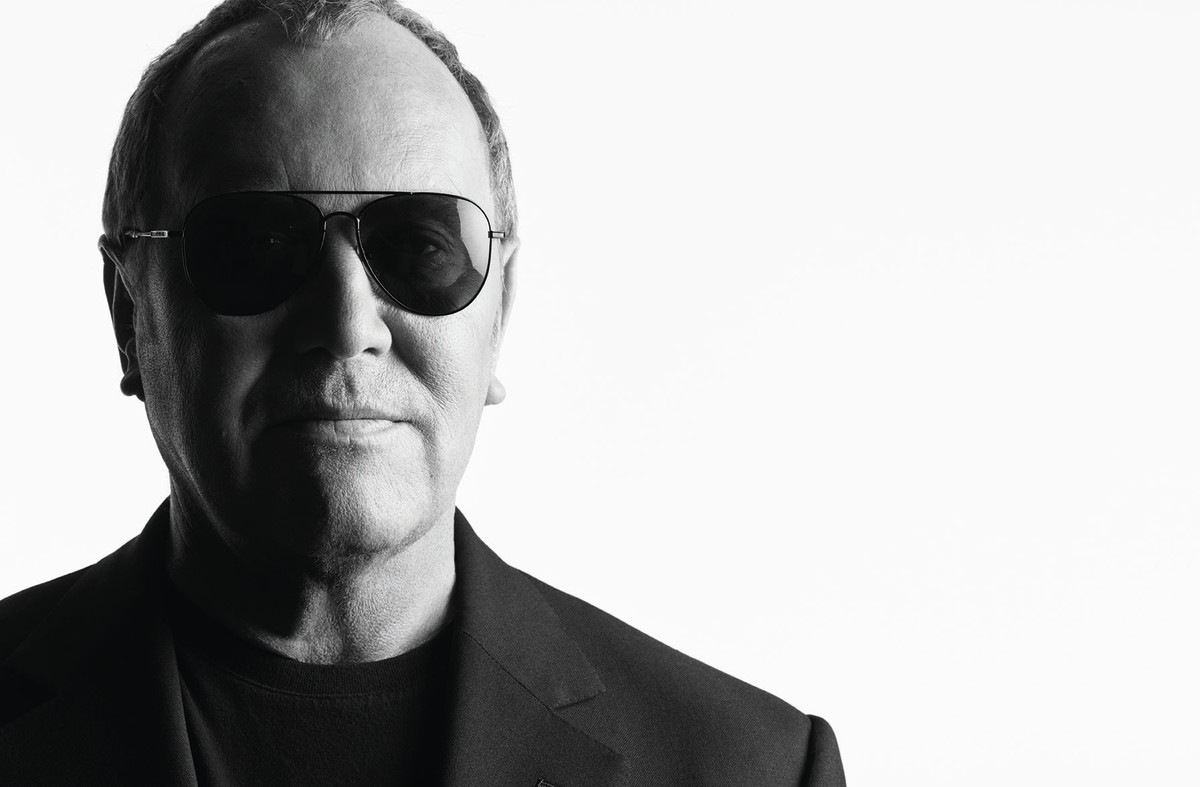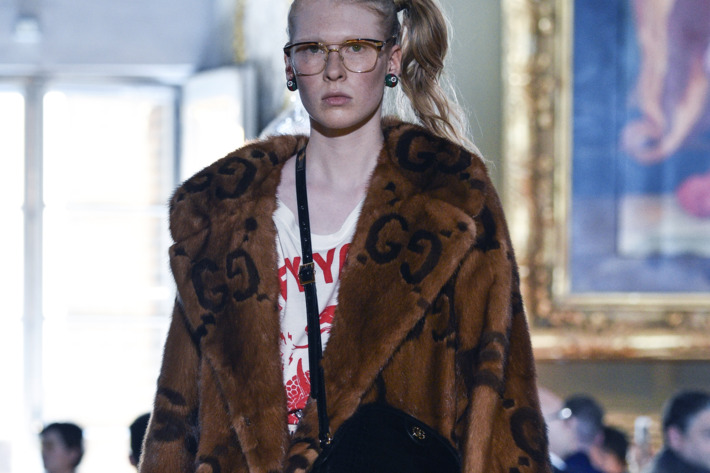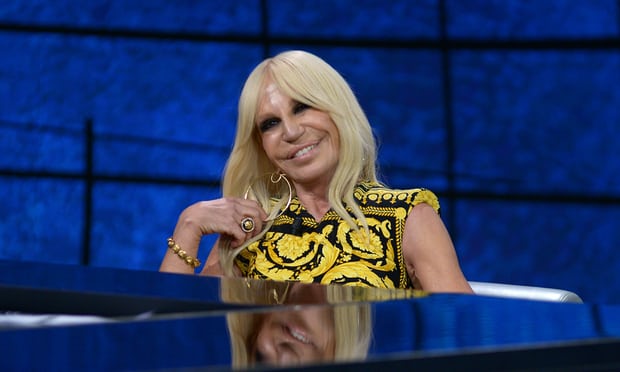Is This The Beginning Of The End For The Fur Trade?
It seems that many fashion houses and major US cities have started to ban the use of fur in their clothes and shops.
(AOL)
San Francisco is one of the first major US cities to ban the sale of fur, after the city’s Board of Supervisors’ unanimous vote. The ban goes into effect on 1st of January 2019, and the city’s retailers have until January of 2020 to sell their fur stock. Clothing and accessories made from animal fur will no longer have a place on the shelves of San Francisco’s retail shops. Currently, San Francisco is the third Californian city banning the sale of fur after Berkley and West Hollywood.
This is a very encouraging move, at a time when more and more designers are declaring their cessation of animal fur use. Gucci, Giorgio Armani, Michael Kors, and now Versace recently announced that only eco-friendly “faux fur” will be used in their collections.

Michael Kors (Fashionista)
In October 2017, Marco Bizzarri, president and CEO of Gucci, stated in the Business of Fashion that using fur today is out-dated, and that’s the main reason why they stopped using it in their collections. In 2016, Giorgio Armani announced that he’ll stop the use of real fur. He also said that new technologies “render the use of cruel practices unnecessary as regards animals.”

Model at the Gucci Cruise 2018 show in Florence, Italy. (Pietro DΓÇÖAprano/Getty Images)
At the end of 2017, the iconic American designer, Michael Kors, announced that his company would no longer use real fur. The top Italian brand Versace, known for its unique Italian aesthetic has officially stated that it will stop using real fur, with Donatella Versace telling The Economist’s 1843 magazine, “Fur? I am out of that. I don’t want to kill animals to make fashion. It doesn’t feel right.”

Donatella Versace. (Alberto Scarpinato/IPA/RexShutterstock)
The “fur issue” will continue to bother the majority of fashion designers, since it’s not just about the use of real or fake. It’s more about sustainability and the way the faux-fur is produced.

